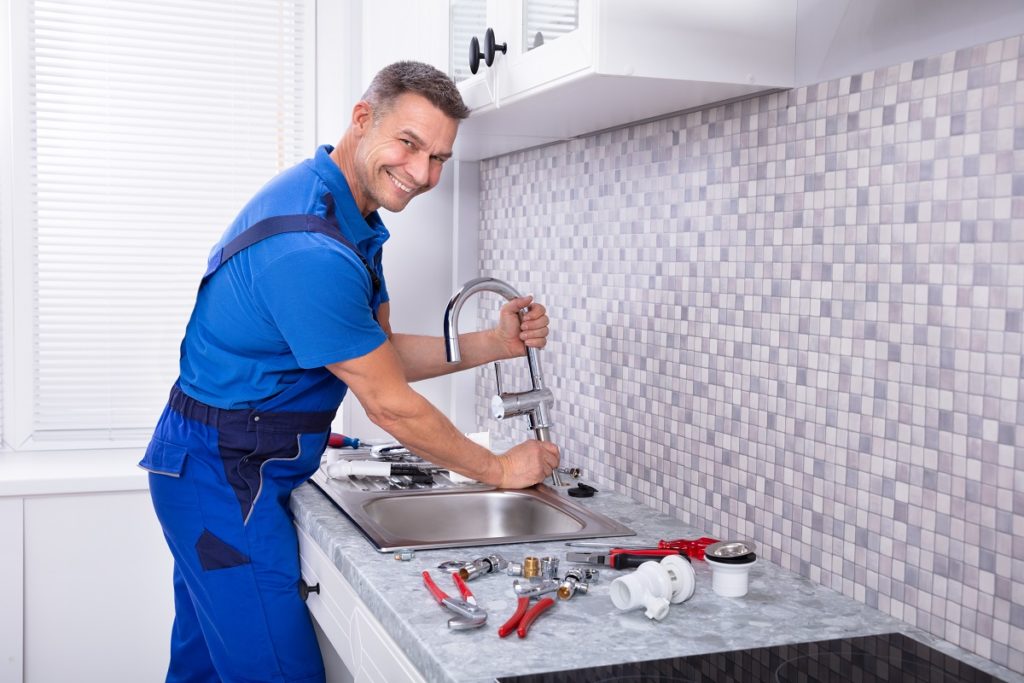Every home will eventually wear out and lose its pristine condition. When a home gets old, its deterioration process can progress quickly if not inspected at least once a year. If you decide to sell your old home in its bad condition, you may have trouble finding buyers. So, before it gets down to the worst, it would be beneficial to inspect your home for signs of wear and tear so that you can address any issues immediately.
Below is a home maintenance checklist that you can refer to before inspecting your home.
Interiors
- Walls and Ceilings
The first signs of wear and tear could be hidden in the tight and deep corners of your home’s interiors, so check every room for cracks, leaks, sagging spots on ceilings, and stains. The walls running diagonally from a door or window corner toward the ceiling are the most vulnerable, so pay extra attention to those. Any fracture in those areas indicates that the house is beginning to settle.
Minor cracks are not a cause of alarm, and they can usually be repaired with a spackling compound or paint. Long cracks at various locations are the ones you should be cautious of because your foundation is potentially at stake with these kinds of damages.
- Floors
If your house has baseboards, they should be flush with the walls and floors and around corners. If a tile moves as you step on it, have it replaced immediately. Sloping and sagging can also happen to your floors, so check for either by placing a ball at least 18 inches away from a wall. If the ball rolls toward the wall even if you aren’t pushing it, sloping is taking place. But if the ball settles toward the middle of the room, sagging is the issue.
- Fireplace
Fireplaces and chimneys should be thoroughly cleaned and serviced regularly. If there are bricks in your fireplace, check for any loose brick, and have it re-cemented as soon as possible.
- Bathrooms and Plumbing System
Check for leaks in all fixtures, and for drizzles and drips around the supply pipes as you run water and turn the tap off. Also inspect for clogs in all the drains. You may also need to try tipping your toilet to see if the seal is still intact.
- Electrical Wiring
Notice if there is any odd humming around your home because that could be a sign of an electrical issue. Also inspect for any loose and damaged wires, and don’t try to repair them yourself unless you’re a qualified electrician.

Exteriors
- Roof and Gutters
Depending on the type and climate in the area, roofs typically last for 15 to 25 years. The sun’s heat deteriorates roofs, and if your gutters have been clogged due to excessive dirt and debris, the rest of your house will be affected by leaks. That said, it’s important to hire roof gutter cleaning services in Seattle or other areas at least once a year.
- Paint
Peels and chips in the paintwork only need a repainting job. It’s advisable to repaint in the spring so that it will be completely dry by the summer.
- Patio or Deck
If you’ve been living in the same house for a while now, you may no longer be using your patio or deck. Make time to inspect it for loose nails, grime, and cracked wood. If the wood is already rotting, you may need to treat it with borate for algae.
- Garden
If you grow trees, an arborist may be needed to have them professionally inspected for disease or dead branches. Dead trees can be harmful to you, your home, and the neighbors, so you should attend to them immediately.
- Foundation
Be wary of long cracks on the foundation and evidence of a potential termite infestation. Call professionals to fix this issue right away.
Perform your annual home inspection during your traditional spring cleaning, so you won’t have a hard time sticking to the schedule. Be industrious as you do this, for a small missed damage can quickly turn into something more serious and costly.
